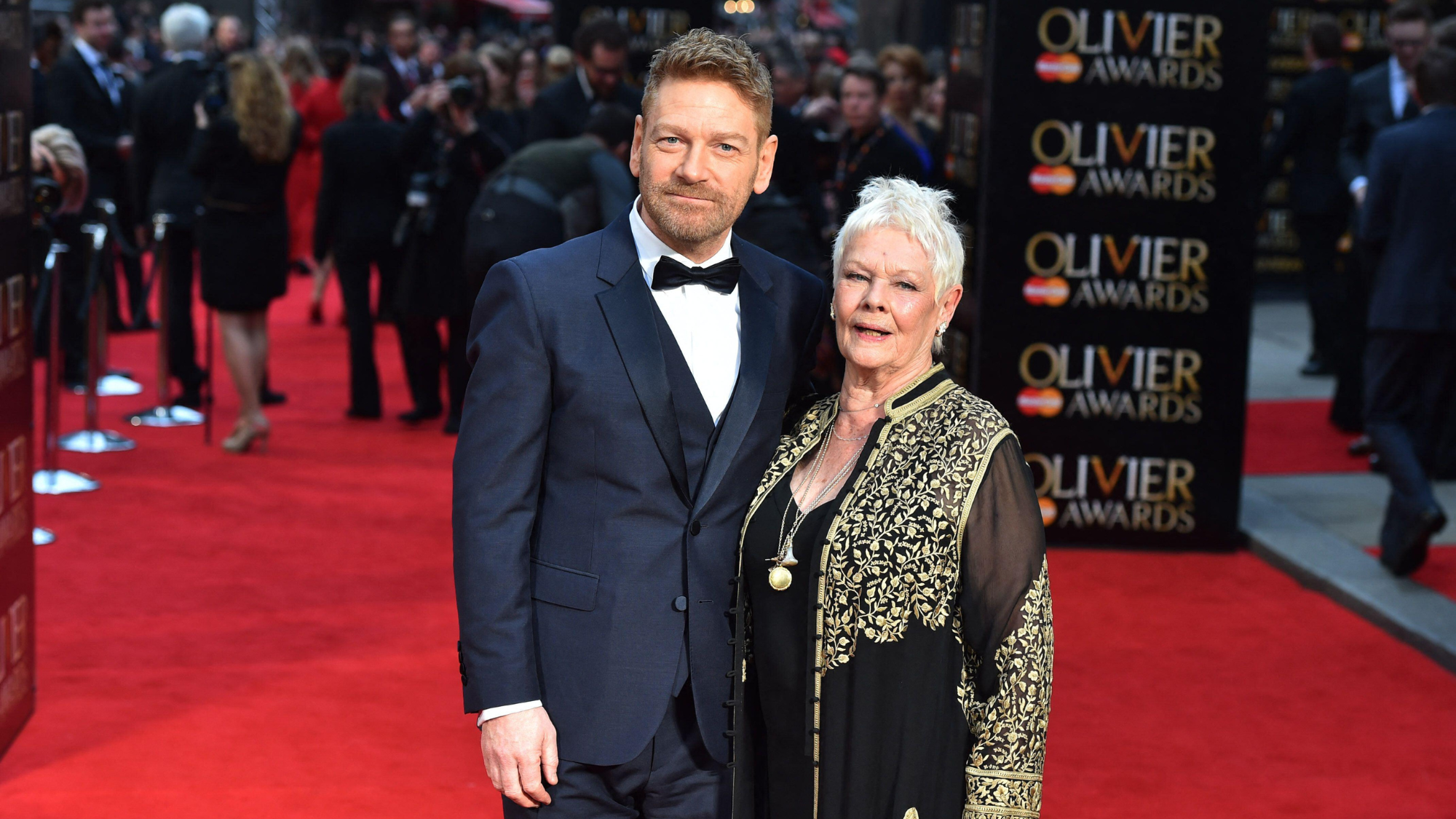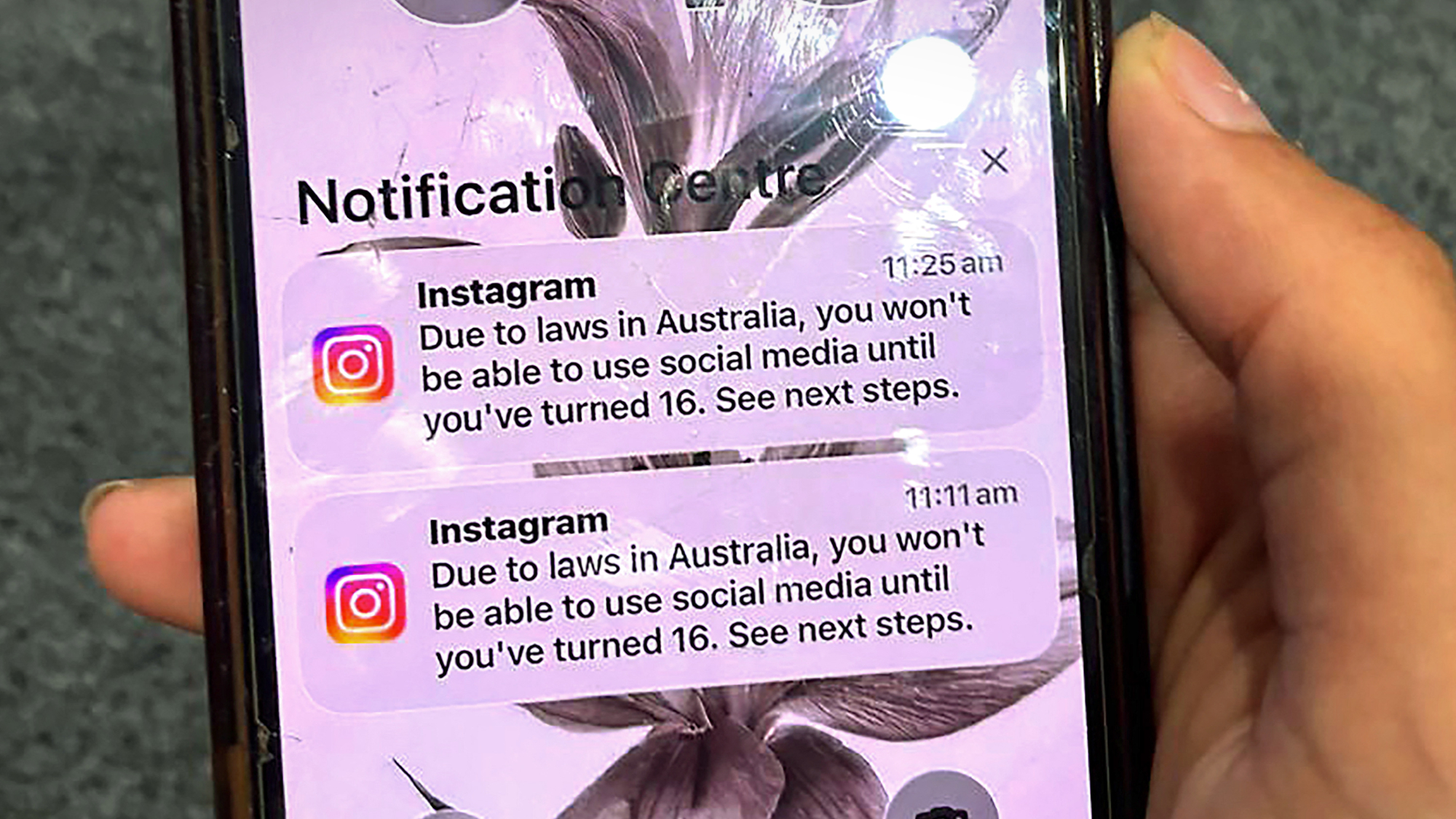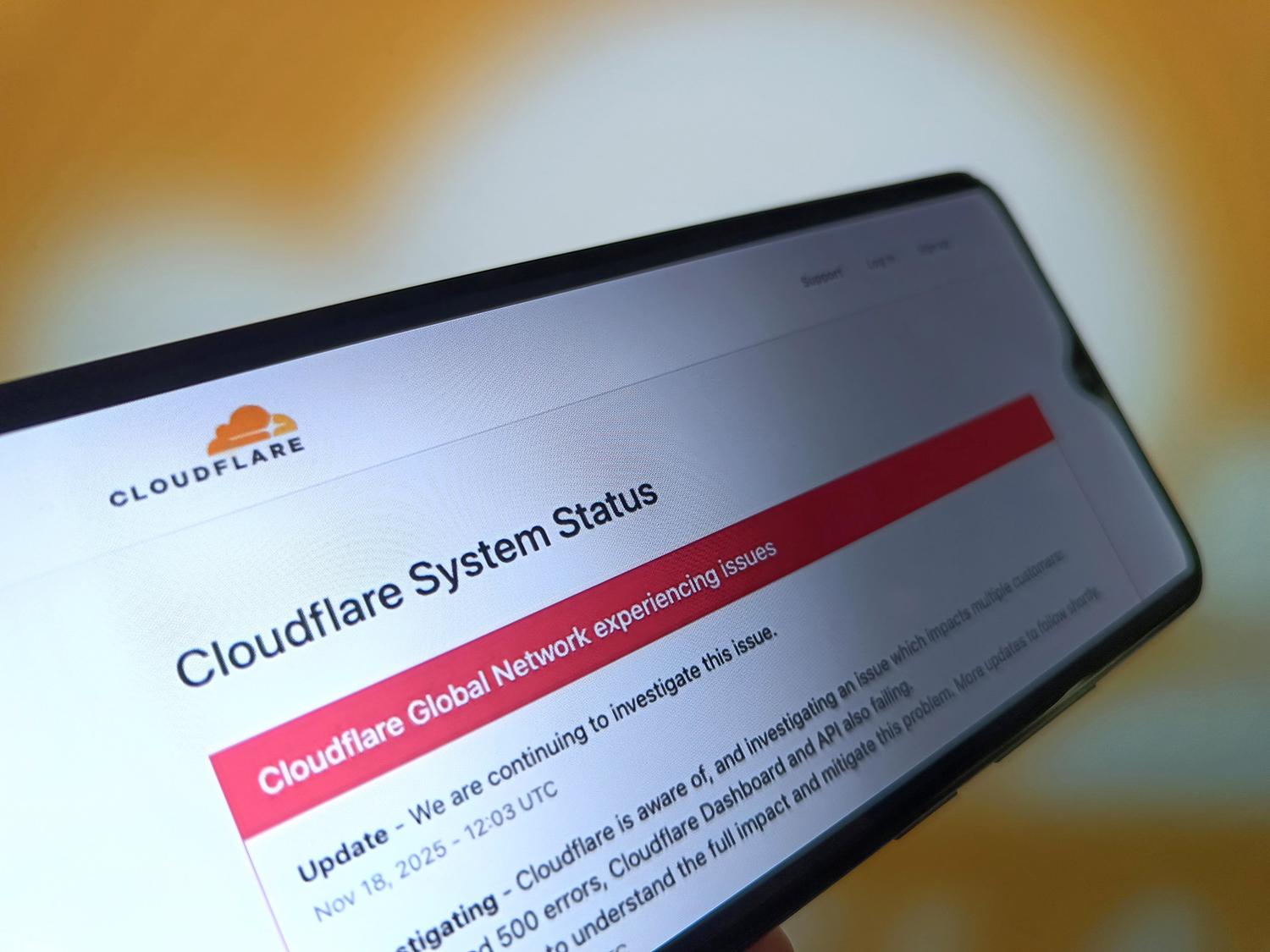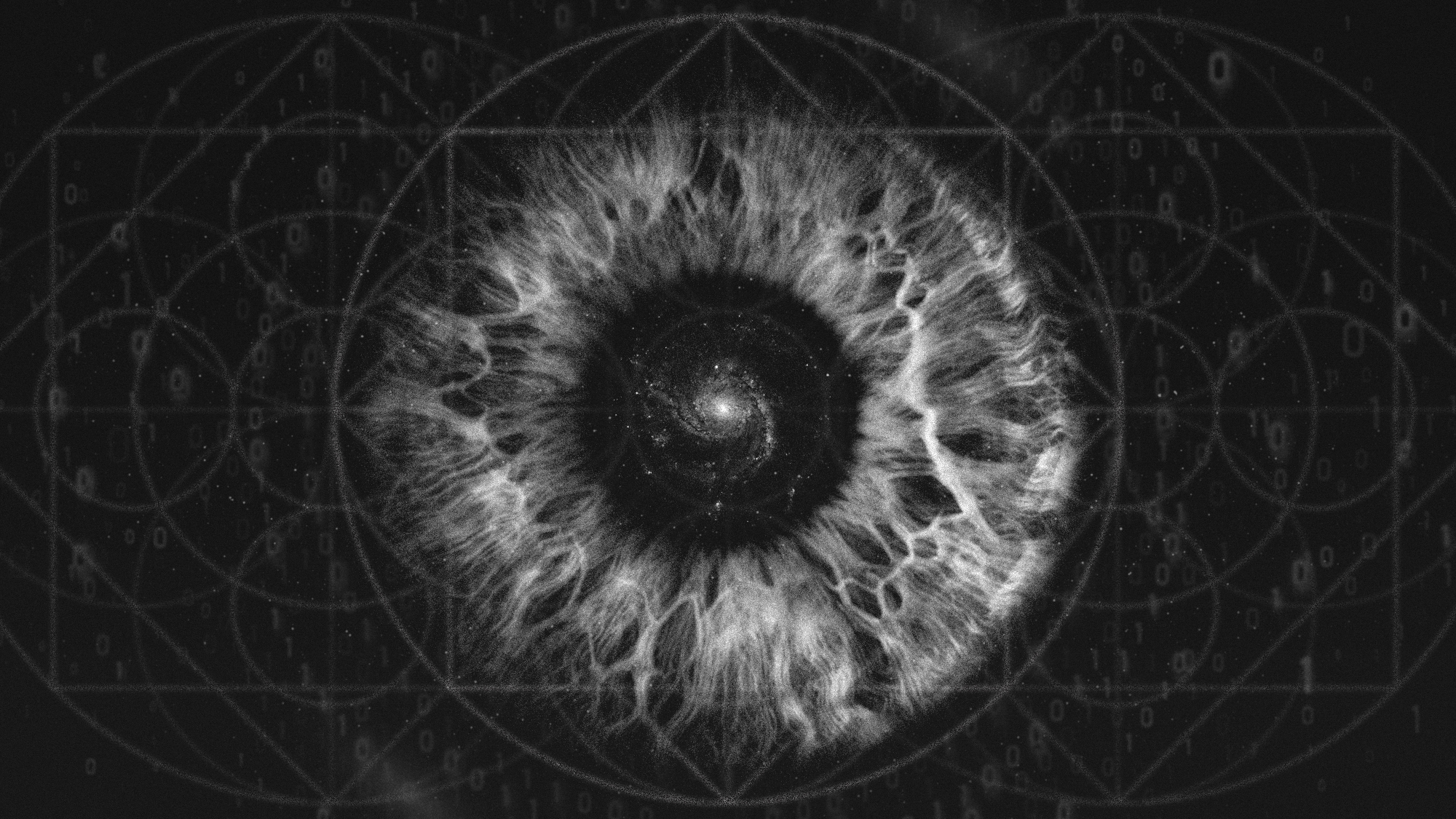Does big tech monetise adolescent pain?
Father of Molly Russell, 14, said she had been sucked into a ‘vortex’ of ever darker material

“It’s the rueful half-smile that breaks my heart,” said Judith Woods in The Daily Telegraph. Ambushed by a camera-wielding parent outside their home, a younger child would have beamed or scowled.
But Molly Russell offers that “oh-go-on-then-if-you-must” expression that “every self-aware teen gives her soppy dad”. It is an “intimation of adulthood” – the willingness to make “brief accommodations” to spare other people’s feelings, and get on with the day.
But Molly will not reach adulthood. In November 2017, the 14-year-old was found dead in her bedroom, having spent months viewing online content linked to depression, anxiety, self-harm and suicide. Some of it romanticised self-harm. Much of it was so graphic, bleak and violent that a psychiatrist told the inquest into Molly’s death that he’d been “unable to sleep well” for weeks after seeing it.
The Week
Escape your echo chamber. Get the facts behind the news, plus analysis from multiple perspectives.

Sign up for The Week's Free Newsletters
From our morning news briefing to a weekly Good News Newsletter, get the best of The Week delivered directly to your inbox.
From our morning news briefing to a weekly Good News Newsletter, get the best of The Week delivered directly to your inbox.
A ‘vortex’ of dark material
Not only had a child been able to access this distressing material, many of the posts had been provided to Molly, unasked, by Instagram and Pinterest’s “recommendation engines”, said John Naughton in The Observer. Thus the teenager – described by her father as a “positive” young woman, who seemed to be having only “normal teenage mood swings” – had been sucked into a “vortex” of ever darker material.
At the inquest, an executive from Meta, Instagram’s owner, denied that the 2,100 depression, self-harm or suicide-linked posts that Molly had liked or saved in the six months before her death were unsafe for children, and said that it was good for them to be able to share their feelings. But in what may be a world first, north London’s senior coroner ruled last week that Molly had died from an act of self-harm while suffering from depression – and “the negative effects of online content”.
Potential impact of Online Safety Bill
There are some who hope that the Government’s Online Safety Bill will make the internet safer for our children, said Hugo Rifkind in The Times. But this legislation keeps being delayed because trying to ban harmful content leads ministers into a “thicket of debate about free speech and censorship”. It’s complex; it’s also a red herring.
Teenagers have always sought out dark material, and found it. The difference now is the manner in which it is delivered to them. To read one sad post may be cathartic – it’s being bombarded with them that is dangerous. This is what we should tackle: not the content itself, but Big Tech’s “relentless monetising” of people’s absorption in content about self-harm, or “anything else”. “It’s a system, a design, a business model.” And the tech giants can fix it, if we make them.
A free daily email with the biggest news stories of the day – and the best features from TheWeek.com
-
 The history of US nuclear weapons on UK soil
The history of US nuclear weapons on UK soilThe Explainer Arrangement has led to protests and dangerous mishaps
-
 Tea with Judi Dench: ‘touching’ show is must-watch Christmas TV
Tea with Judi Dench: ‘touching’ show is must-watch Christmas TVThe Week Recommends The national treasure sits down with Kenneth Branagh at her country home for a heartwarming ‘natter’
-
 Codeword: December 24, 2025
Codeword: December 24, 2025The daily codeword puzzle from The Week
-
 Metaverse: Zuckerberg quits his virtual obsession
Metaverse: Zuckerberg quits his virtual obsessionFeature The tech mogul’s vision for virtual worlds inhabited by millions of users was clearly a flop
-
 The robot revolution
The robot revolutionFeature Advances in tech and AI are producing android machine workers. What will that mean for humans?
-
 Australia’s teen social media ban takes effect
Australia’s teen social media ban takes effectSpeed Read Kids under age 16 are now barred from platforms including YouTube, TikTok, Instagram, Facebook, Snapchat and Reddit
-
 Texts from a scammer
Texts from a scammerFeature If you get a puzzling text message from a stranger, you may be the target of ‘pig butchering.’
-
 Blackouts: Why the internet keeps breaking
Blackouts: Why the internet keeps breakingfeature Cloudflare was the latest in a string of outages
-
 Spiralism is the new cult AI users are falling into
Spiralism is the new cult AI users are falling intoUnder the radar Technology is taking a turn
-
 AI agents: When bots browse the web
AI agents: When bots browse the webfeature Letting robots do the shopping
-
 Why Trump pardoned crypto criminal Changpeng Zhao
Why Trump pardoned crypto criminal Changpeng ZhaoIn the Spotlight Binance founder’s tactical pardon shows recklessness is rewarded by the Trump White House